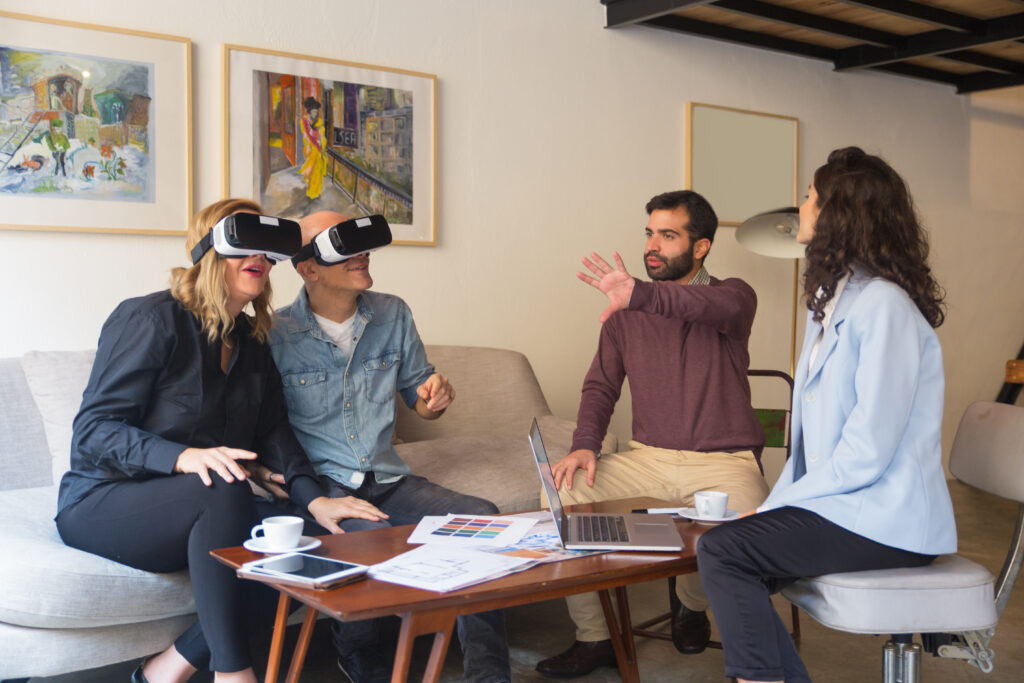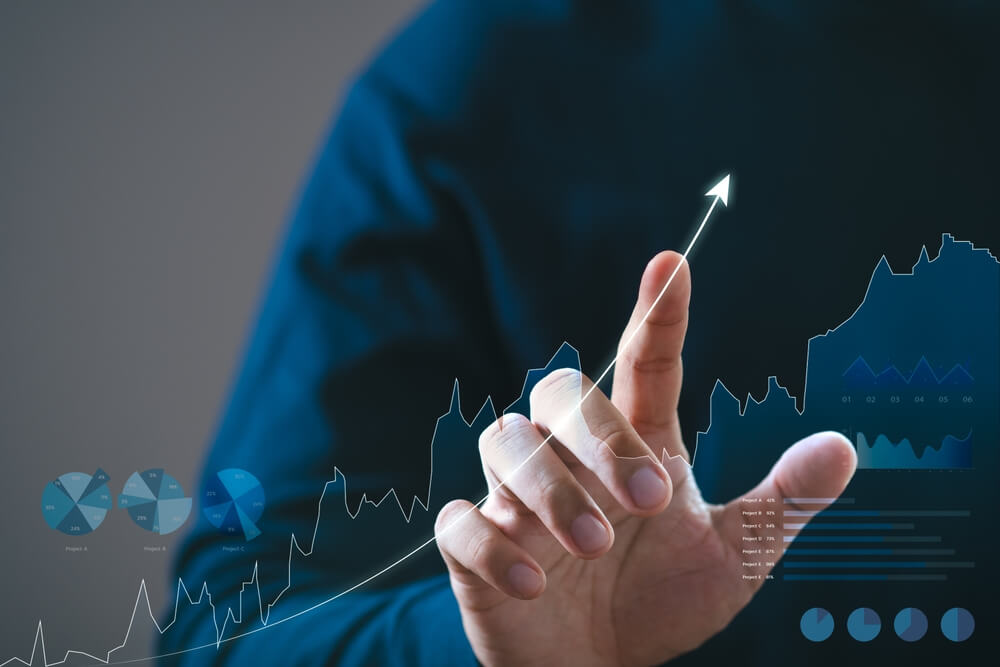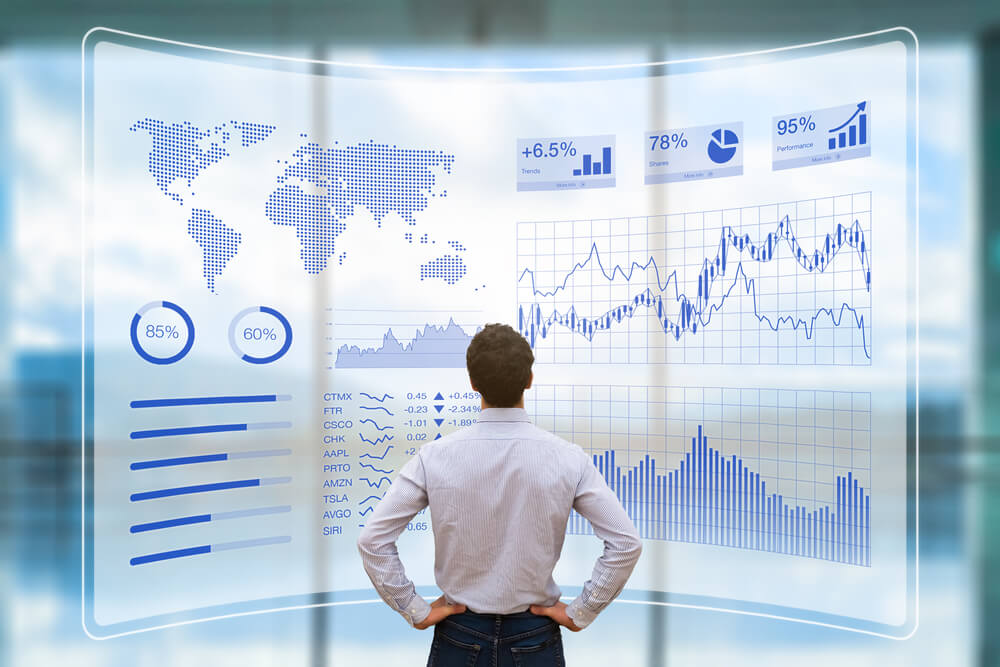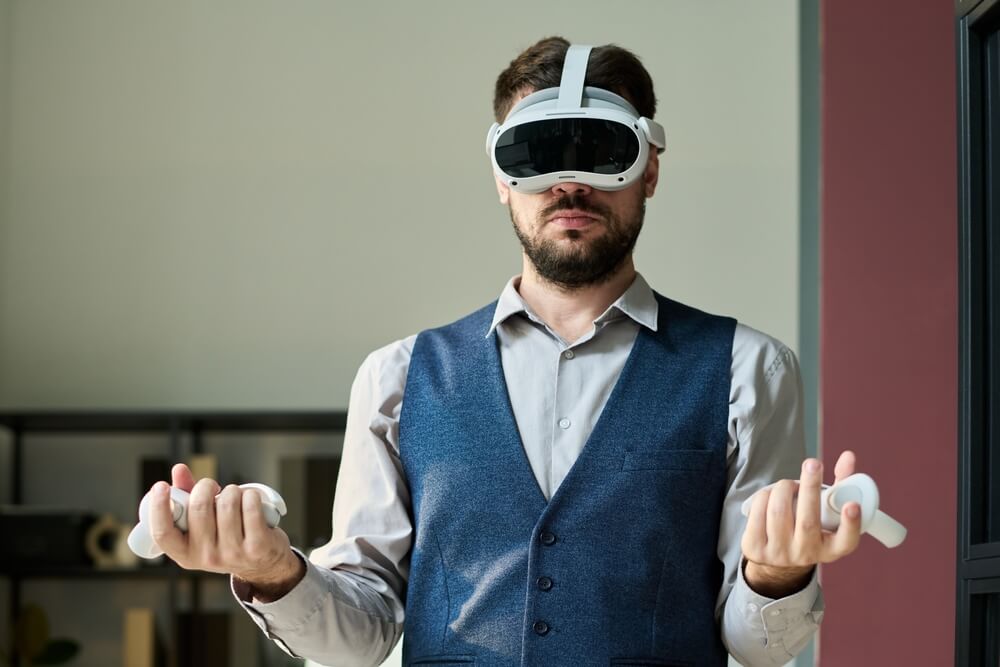What is a Digital Twin, and does how it work?
Table of Contents:
Digital twin technology is changing how complex devices and solutions for the Internet of Things, artificial intelligence, and advanced data analytics systems and applications are created, tested, and improved. What is a digital twin? What is digital twin technology used for? We explain!
Digital twin – what is it?
In the simplest terms, a digital twin is a virtual replica of a physical device or complex system on which IT professionals, such as data scientists, run simulations – often before these devices are built (manufactured), programmed and run. This allows you to quickly and conveniently check their capabilities, detect potential problems and optimize hardware and software.
Initially, digital twin solutions were used primarily in industry. Still, today it is becoming increasingly common in the IT world, with particular emphasis on Internet of Things environments, artificial intelligence solutions and systems responsible for data analysis. Such environments have many characteristics in common, but the key is their complexity – and that’s why digital twins are so famous in them, which allow a “safe” digital model to optimize projects for maximum efficiency, as well as to conveniently test the most complex and improbable scenarios of events (e.g., unusual failures or problems to be solved).
Digital twin technology – why is its popularity growing?
The idea of building virtual models is not new. It dates back to the first projects of the American space agency NASA, where replicas of space capsules were created to test the hardware and software installed in them. With time, the development of IT made it possible to transfer the concept of a twin from a physical copy to the virtual model we know today. In recent years, the idea has rapidly evolved, and today technology allows us to create digital twins not only of single devices but of entire buildings, factories or cities. There are also opinions that we will even start building digital twins of people in the near future.
Unlock the future with Mazer: Your innovation partner.
How does a digital twin work?
A digital twin can be defined as a computer program that uses data about a physical object or system and its environment to simulate its performance. It provides the user with data on how the thing or system performs under defined conditions and how changing conditions affect its performance.
A digital twin model is usually built by specialists in data science or applied mathematics who first thoroughly analyze the functioning of the physical device, learn the principles of its operation, and then use this information to build a mathematical model that operates in a digital space that replicates the natural environment of the device (system) in question.
The digital twin is constructed so that it can receive input from sensors surrounding its physical version, which allows the virtual model to fully simulate the real-time behavior of an object, device, or system while providing it with complete data about the environmental conditions, how they are changing, and any potential problems.
Of course, the digital twin does not have to be equivalent to an already existing device – it can just as well be based on its prototype: then, it will provide the information necessary to improve the trial version. It is increasingly common for a physical prototype to be created at a later stage of development, with the first actual prototype being a virtual model.
Digital twin solutions – application in daily use
The number of applications for digital twins is endless. For example, they are used to create and test cars, aircraft engines, trains, mining platforms or turbines. On the other hand, digital twin technology is used to treat patients in healthcare. Data provided by sensors the size of a patch attached to the human body generates a lot of valuable information. This makes it easy to monitor health and predicts changes. Digital twins are also helpful when solving ad hoc problems, e.g., failures – technicians can use the models to check and test different ways of fixing issues. When one of them proves to be effective, only then it can be implemented in a physical device. In industry, implementations of digital twins are perhaps at the most advanced stage. Many factories are already using models to simulate processes and test equipment.
Read also: How Augmented Reality Can Support Industry 4.0
What is a digital twin?
A digital twin is a virtual replica of a physical device or complex system used for simulations by IT professionals, enabling them to test capabilities, detect potential issues, and optimize hardware and software.
What is digital twin technology used for?
Digital twin technology is utilized to create virtual models of devices, buildings, factories, or even entire cities. It is commonly applied in Internet of Things environments, artificial intelligence solutions, and data analysis systems to optimize projects, test complex scenarios, and enhance efficiency.
How does a digital twin work?
Built by specialists in data science, it replicates the natural environment of the device or system, receiving real-time input from surrounding sensors to simulate behavior, environmental conditions, and potential issues.
Unlock the future with Mazer: Your innovation partner.

Author: Rafał Siejca
Rafal has over twenty years of corporate experience, including roles at Millennium Bank, Comarch, and leading software teams at PZU, one of Europe’s largest insurance companies. As one of Poland’s few true VR experts with a decade of experience, he ensures timely, high-quality project delivery as CEO and CTO.










